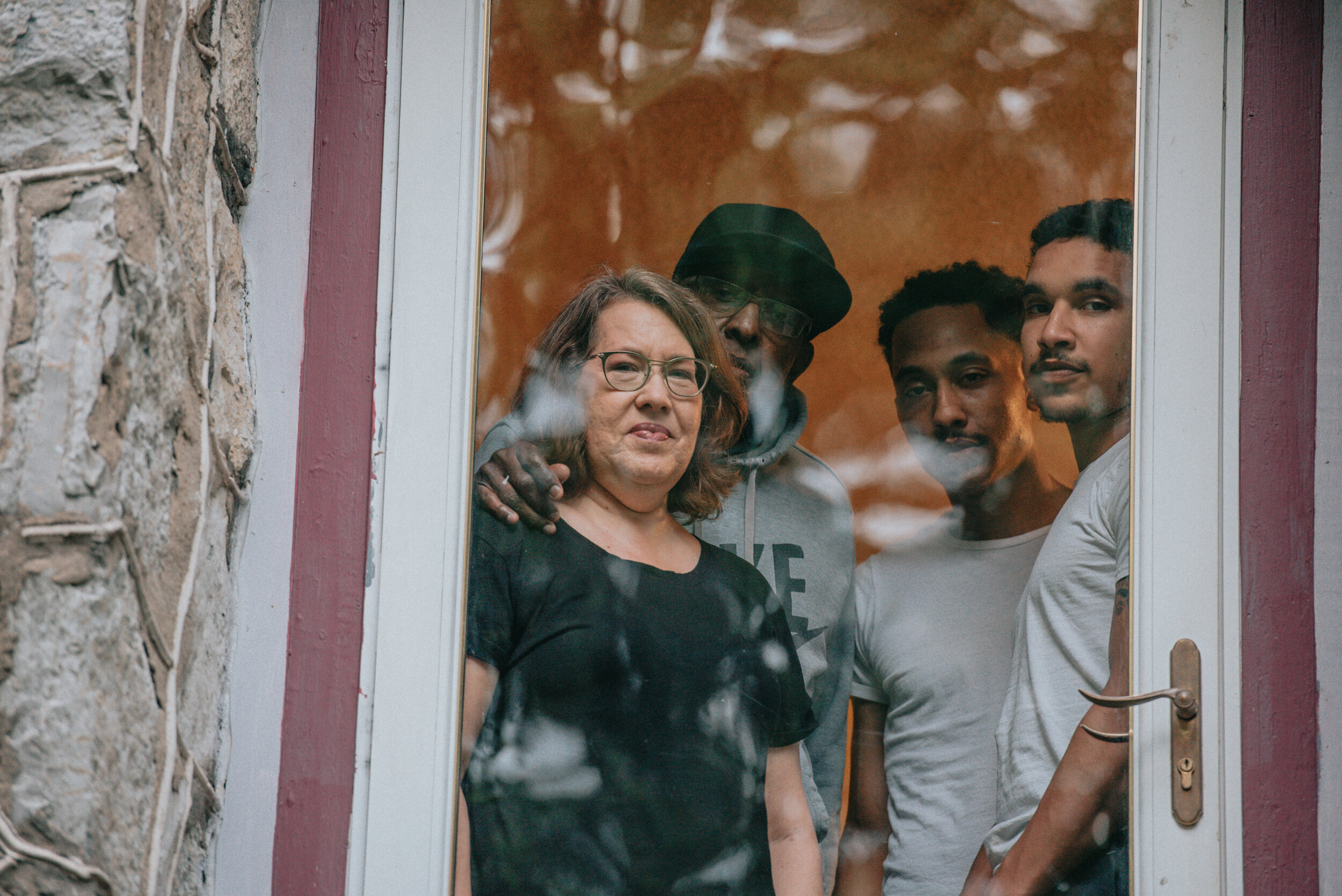


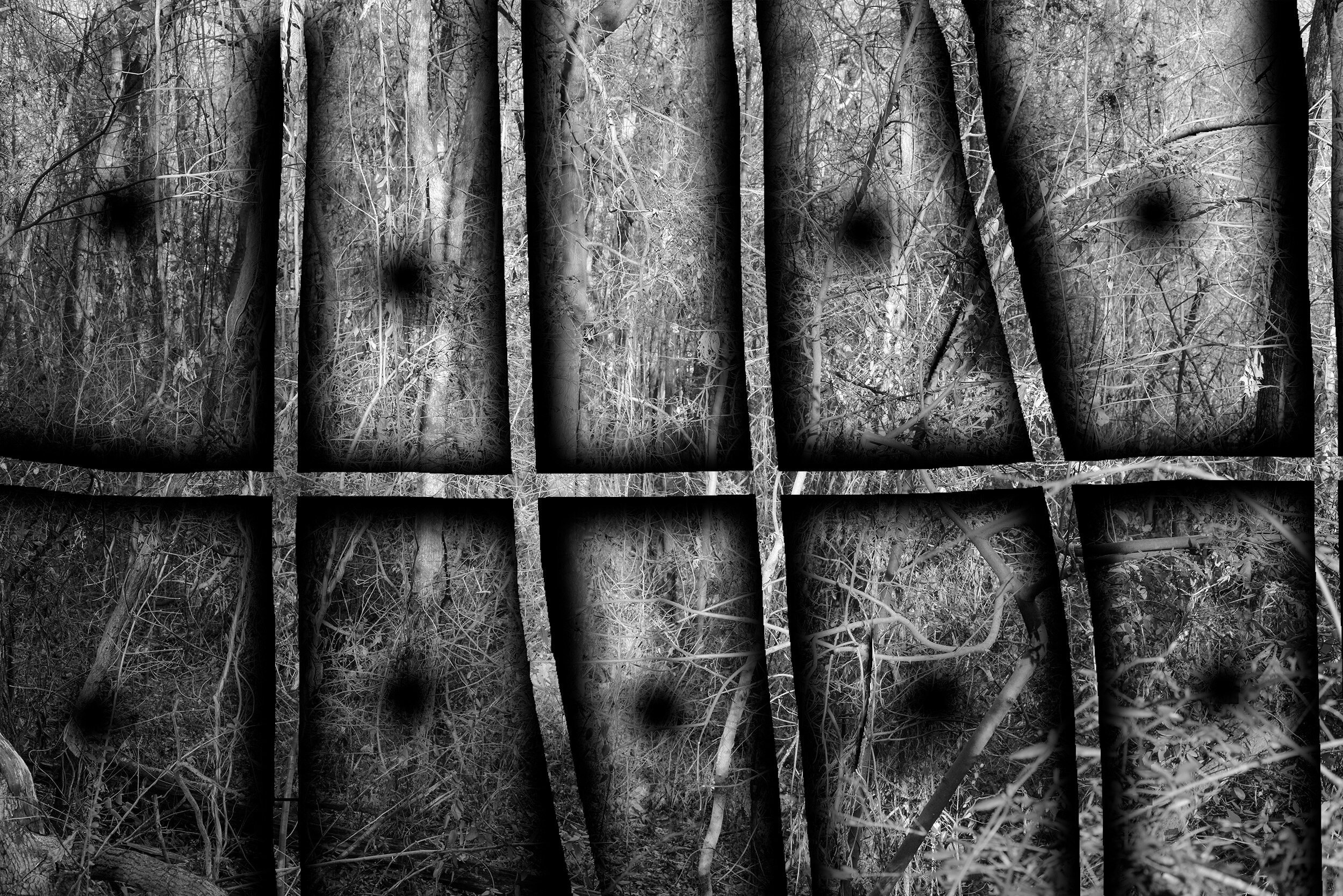
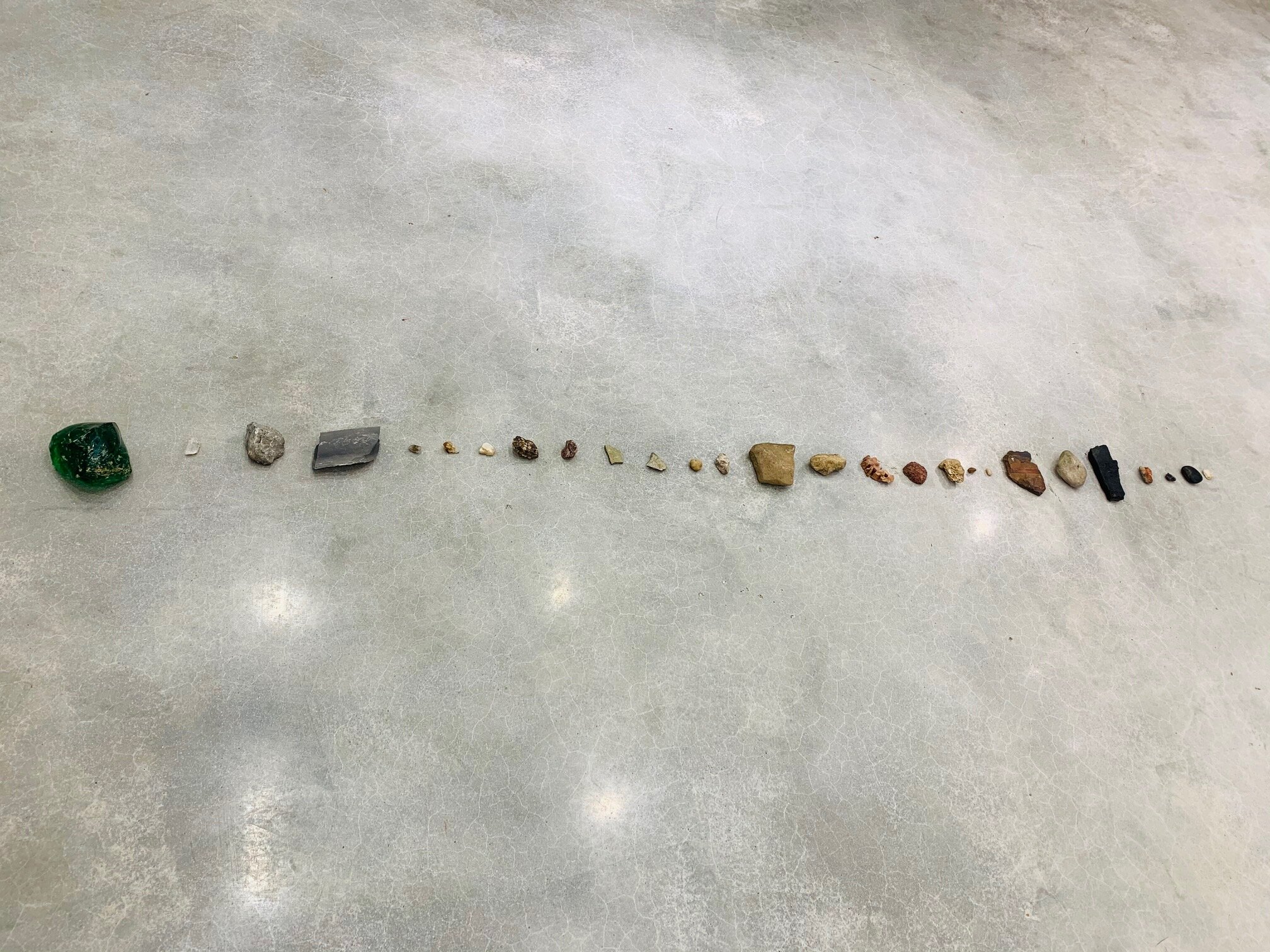
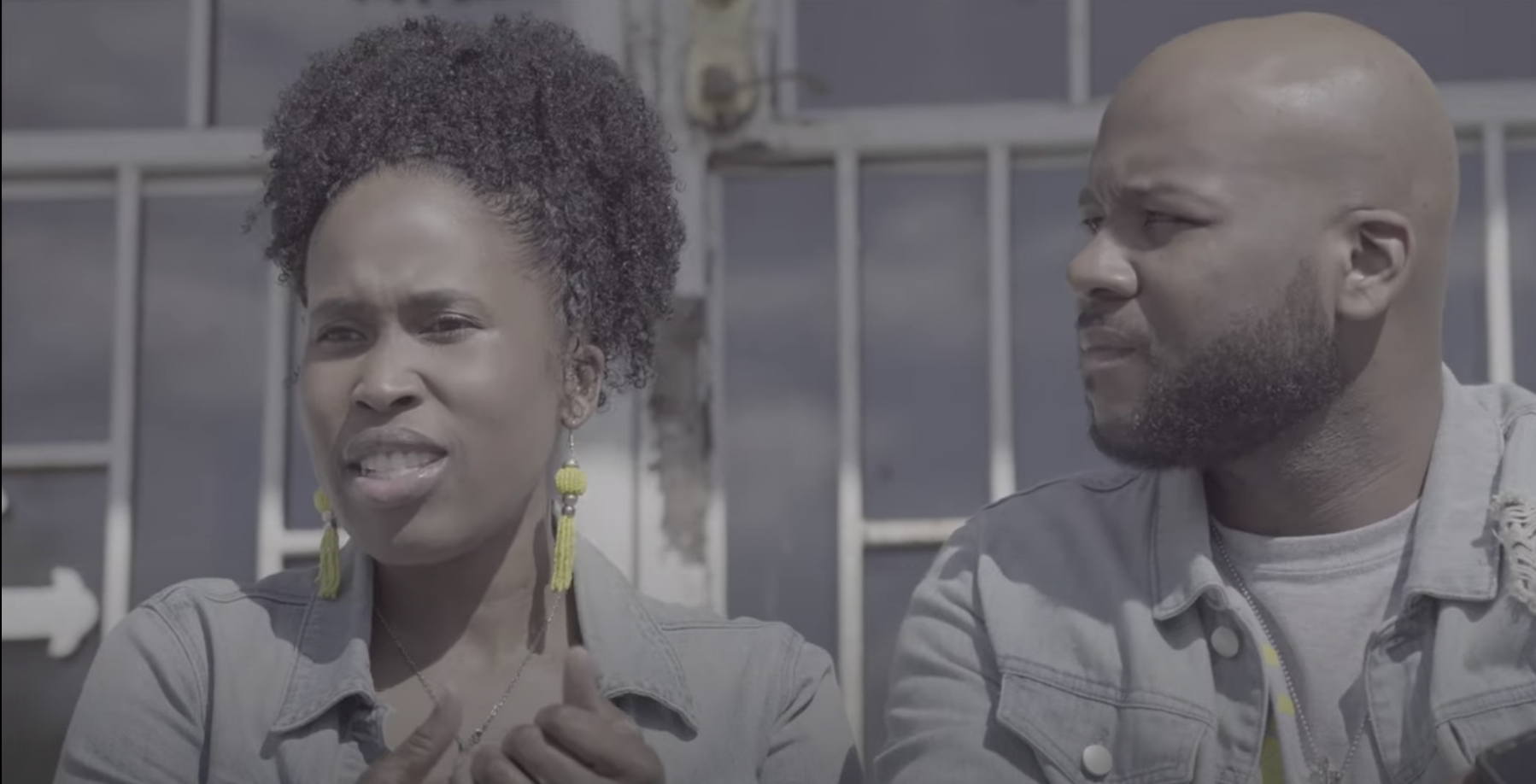


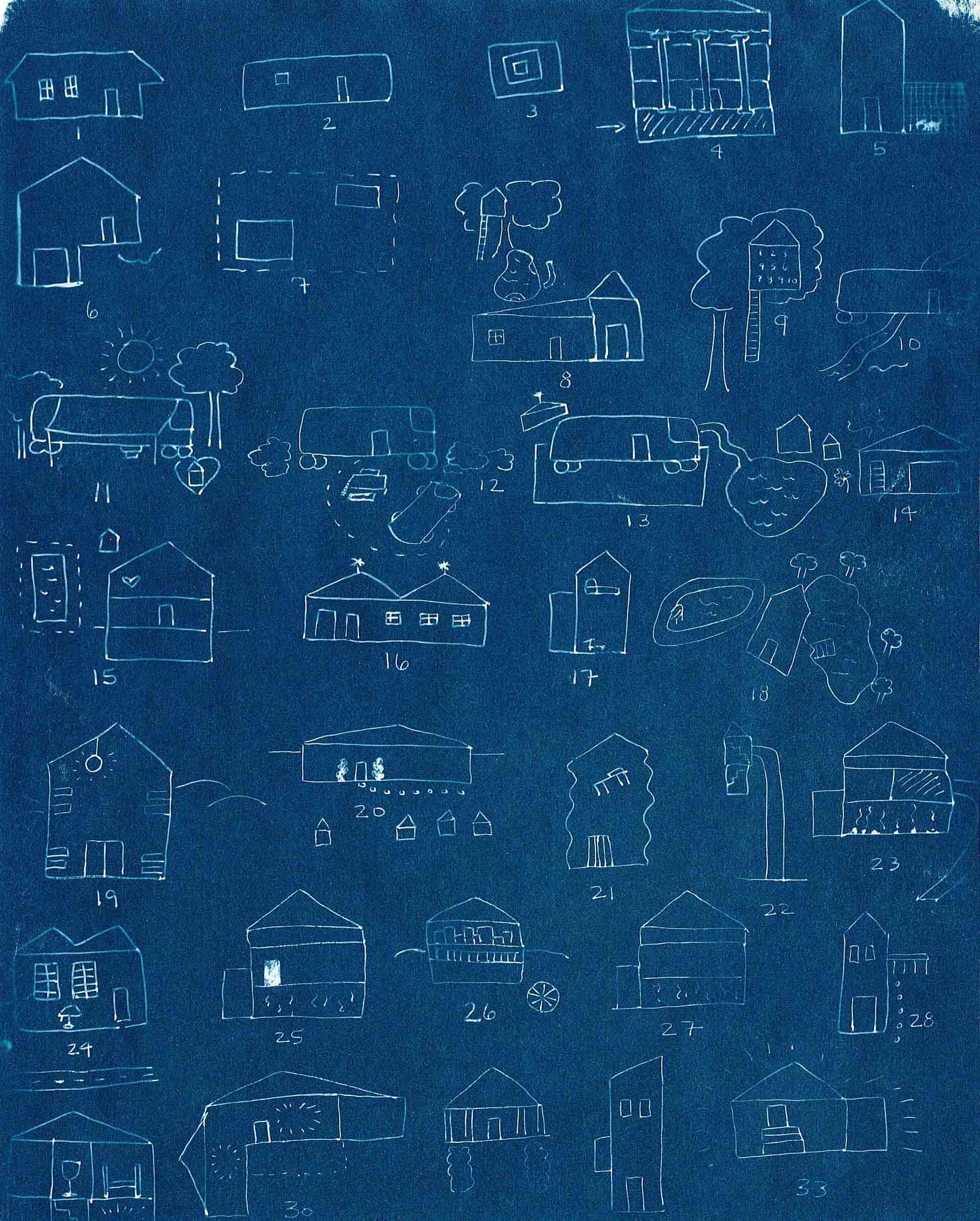
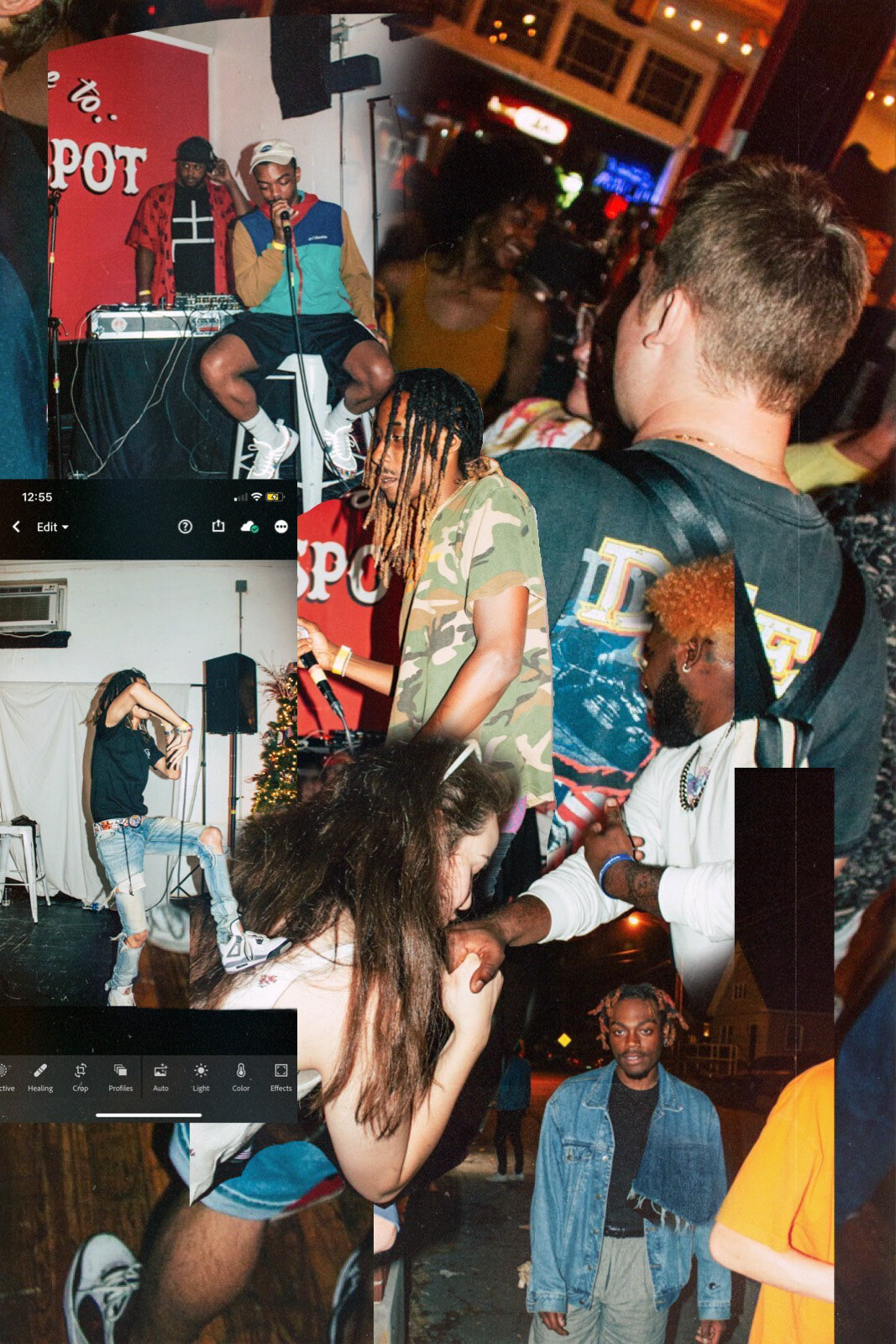
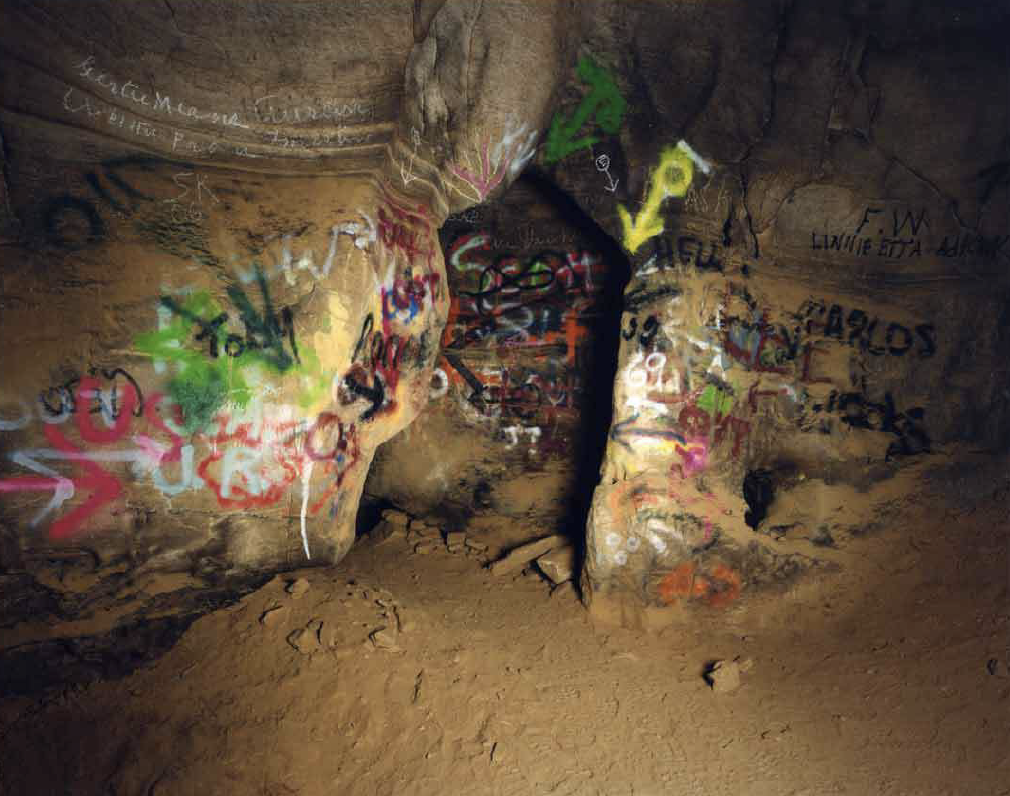
Home/
On view Jan 20-Mar 19, 2021
Read exhibition publication
Mark Bennett
Marc Boyson
Amanda Brazier
Lenka Clayton & Phillip Andrew Lewis
Glass House Collective
Tanè Hopper
Raquel Mullins
Andrew O’Brien
Dylan Pew
Reed Schick
Jeff Whetstone
Home/ is the inaugural exhibition of the Institute of Contemporary Art (ICA) at UTC, and highlights artmaking in our city that celebrates a sense of community and awareness to place. The exhibition expands ideas of “home” through 12 artists with a direct connection to Chattanooga, with artwork made between 1995-2020 and ranging from drawing, painting, photography, printmaking, sculpture and video.
The circumstances and challenges of the prior year called into question how one defines, documents, and reinforces a unique sense of place—relationally, socially, geographically, and politically: from the rapid physical shrinking of direct social circles due to quarantine and “stay at home” orders, to creating new online communities through digital tools, to monitoring our impact on and reconsidering relationships with our region’s land, and by recalling domestic spaces—both imagined and real—as places for creative abandon and protection.
The artists in Home/ approach these realities from their individual viewpoints unique to our city and region: topics range from the most personal and intimate first-hand experiences, to more universal questions addressing our innate human desires for connection, mobility, mark-making, and representation.
About the artists:
Mark Bennett (American, b. 1956) was born and raised in Chattanooga, and, after many years of a successful art career in Los Angeles, returned home to Chattanooga in 2011. Bennett’s blueprint lithographs of mid 20th century TV sitcoms, for which he is most known, engage with pop culture and celebrity to an extreme degree. These drawings, made through meticulous, quasi-obsessive TV watching and inferring, depict the ultimate pairing of flight of fancy and stoical logic; the purely imaginary floor plans are grounded by the dry format of an architect's design. Bennett’s works operate as an escape from his own childhood traumas and read as both pleasingly nostalgic and vaguely disconcerting. Bennett is a 1979 alumnus of UTC.
Marc Boyson (American, b. 1974) reveals a cartographic trace via autobiographical movement by utilizing memory, invention, and GPS data. This tracing reveals his daily movement, however small, over a surface, between buildings, to work, errands, day trips, or longer journeys. His resultant drawings, projections, murals, sound and ceramics transform the mundane into the sublime, thereby artistically marking an accumulation of time. On view is a new site-specific wall mural, Hamilton County Trace (2021), that conceptually operates as a static visual psychogeographic mural based on Boyson’s GPS data as an Uber and Lyft driver in the Hamilton County, TN area, as well as a series of new “kickabout” sculptures that will increasingly populate the gallery space after bi-weekly walking performances around the UTC campus.
Amanda Brazier (American, b. 1986) explores the way we inhabit shelter and interact with the land and each other; she gathers rocks and soils at places that are mostly familiar to her, or are sites of significant events in Chattanooga’s history, or both; where she says, “my current understanding of the place is incomplete and different from others who have walked there before (or who presently walk there). I run, walk, sit, listen, and then paint at each site. Like an early alphabet or collection of maps, these paintings are tracing a language of engagement with the land.” Her current In Place series of watercolors are painted in response to the land, its history, and our movement through it; the works on view were specifically painted at the Moccasin Bend National Archaeological District. The linear structures and materials of textiles, primitive dwellings, and fencing influence her visual language through stacking, weaving, and assembling simple forms.
Lenka Clayton (British-American, b. 1977) & Phillip Andrew Lewis (American, b. 1973) are frequent collaborators, and husband and wife based in Pittsburgh. Their 2019 call-and-response digital video, titled One Rock & One Stone, is an ongoing narrative about connectivity, proximity, synchronization, and the perpetual strangeness of time, utilizing the simple form of handheld phone cameras made over the course of a year, while living 700 miles apart. Primarily filmed at home or in the studio, the actions are made quickly and with little production, using the economy of location and materials at hand. Clayton is an interdisciplinary artist whose work considers, exaggerates, and alters the accepted rules of everyday life, extending the familiar into the realms of the poetic and absurd. Lewis is UC Foundation Associate Professor, Photography & Media Art, in the Department of Art at UTC. They are currently Sabrina Merage Fellows with Black Cube, a nomadic contemporary art museum.
Glass House Collective (Chattanooga, est. 2012) was founded to activate the historic Glass Farm neighborhood in East Chattanooga through partnerships and creative placemaking. Their artist-led, community-involved projects are an opportunity to express the character of the neighborhood. In spring 2020 (April 30-May 7) during the Covid-19 quarantine, GHC created the project Through Glass, a “multi-media time capsule” that includes a series of photographic portraits and features two unique video productions: a documentary short featuring 24 Glass Farm families in their own words and a preview video infused with powerful poetry.
Tanè Hopper (American, b. 1995) also produces under the name AVIBE Media and documents the hip-hop and underground music and street/youth cultures of Chattanooga through personal and social connections. Her candid approach to shooting photographs, producing videos and making photo collages reveals a relationship with her subjects prioritizing genuine emotion and energy. On view are a selection of recent digital photographs and digital collages celebrating and chronicling the energy of nighttime social circles in the city’s hip-hop scene—pre-Covid—from an insider’s perspective, as well as on-the-ground images documenting 2020 protests for increased social and racial justice held in Chattanooga.
Raquel Mullins’ (American, b. 1989) drawings, installations, paintings, writing, artist books and other works are inspired by an uncanny intertwining of dreams, memories, and fantasy. Her work confronts questions of contemporary domestic life and homemaking in response to a personal history of instability. Memories of dwelling spaces serve as a rich breeding ground for her investigation of the meaning of home and belonging in the 21st century, and the role of architecture and collected objects as a locus of memory and identity. On view is Mullins’ home, a part series (2018) that recalls, from memory, thirty homes the artist grew up in Chattanooga during her formative years. Mullins holds a BS in Art Education from UTC (2012) and an MFA from the School of the Art Institute of Chicago (2018).
Andrew O’Brien’s (American, b. 1981) photographic and installation-based practice draws from lived experience to examine the organization and perception of physical space — especially as it relates to landscape and the built environment. His ongoing body of work Stringer’s Ridge (2018-current) reflects on the act of perceiving a dense and horizonless landscape—specifically, one that resists the conventions of a traditional pictorial scene. Marks overlaid onto the image make reference to drawing, as well as the vernacular of surveying and way-finding. Within the shallow field of the print, the combination of marks, surface, and vegetation creates the possibility of a new space—one that moves between surface and depth, or the recognizable and the undifferentiated. O’Brien is Interim Head and Associate Professor, Photography & Media Art, in the Department of Art at UTC.
Dylan Pew (American, b. 1995) lives and works in Chattanooga, where he explores the overlap of art and daily life through meticulous collection and long-term accumulation of found objects. His art practice plays with the idea of person and place as assemblages of beings that exist together simultaneously and over vast spans of time and space. He gathers physical collections that are personally depictive in nature but dependent on a multitude of human and non-human authors. On view is a new, collaborative work titled rock collection (2021). The work comprises an ongoing collection of gifted small rocks assembled in an attempt to recreate a feeling of home through familiar energetic fingerprints. Each piece is selected by a different individual in Pew’s life, charged with their specific energy through time and touch, gathered, and then displayed together. By placing these uniquely charged stones in one space, it mirrors a large reunion and recalls the emotions that arise from such an event.
Reed Schick (American, b. 1997) is a photographer and creative director who recently relocated to Knoxville from Chattanooga. During 2020’s Covid-19 “stay at home” orders, Schick began documenting families inside their homes in his own neighborhood of St. Elmo. His project then grew into the Pandemic Portraits project documenting families in the Glass Street neighborhood in partnership with the Glass House Collective. Schick began his work by inviting a videographer to join him and capture answers to a single question: how does the pandemic make you feel? Families posed for their portrait on porches or through windows and shared their answers. Schick continued this work documenting refugee families from Africa and South America living in Brainerd in partnership with Bridge Refugee Services, Inc. of Chattanooga.
Jeff Whetstone (American, b. 1968) is a native Chattanoogan, now living and teaching in Princeton, New Jersey. Whetstone has been photographing and writing about the relationship between humans and their environment since he received a Zoology degree from Duke University in 1990. His work has been exhibited, collected, and written about internationally. Whetstone returned to the region from 2006-8 for the making of his series Post-Pleistocene: photographs of the region’s cave networks in Tennessee and Alabama from the vantage point of an “artist, explorer, evolutionist, and native son.” The series brings forth 160 years of graffiti on their walls of and asks us to commemorate the rituals of human evolution inside: exploration, exploitation, human gesture and mark-making, and thus our human nature towards self-absorbed identity. Whetstone is Professor of Visual Arts in the Lewis Center for the Arts at Princeton University.

